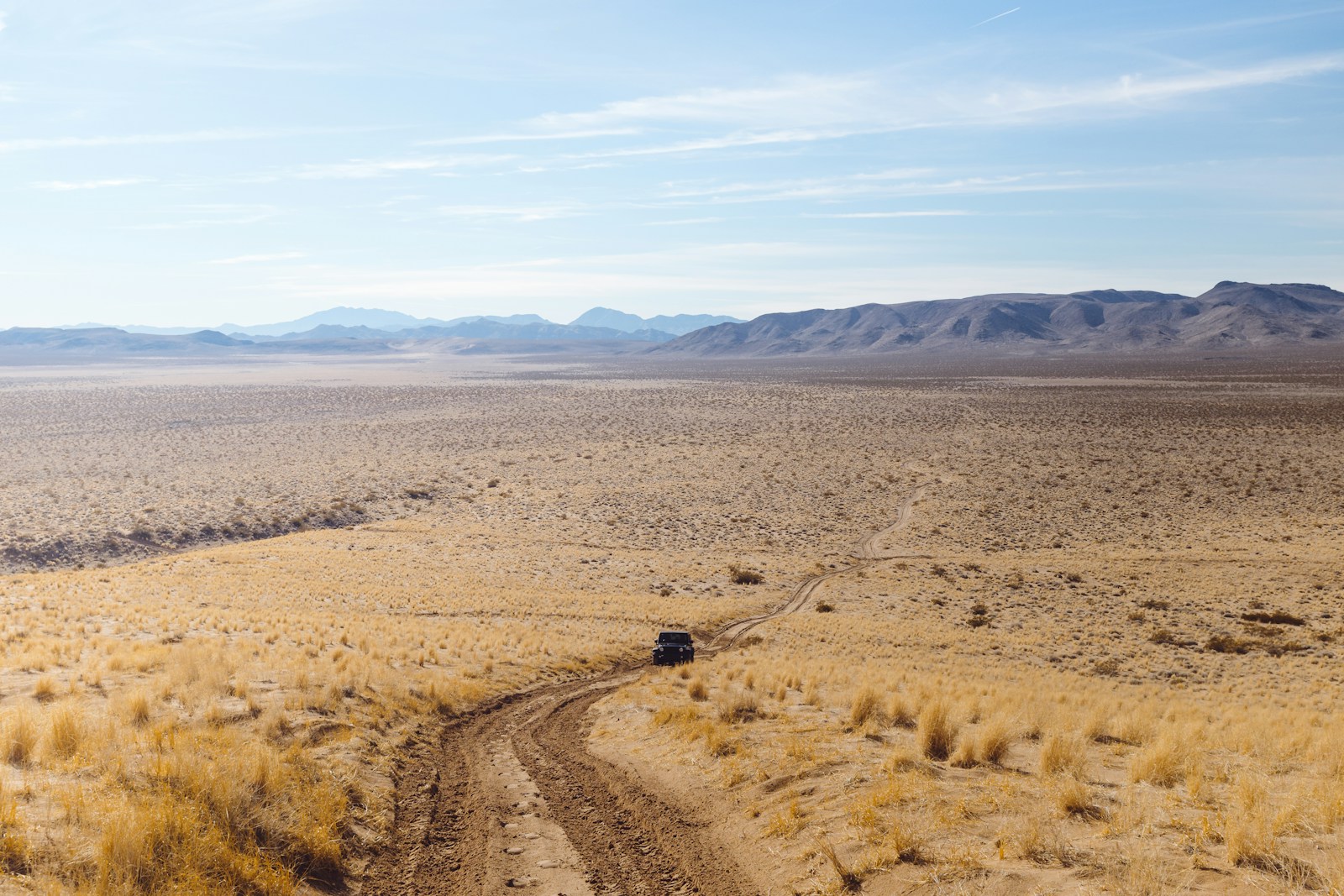
What is overlanding? Overlanding is one of those words that gets thrown around a lot in Jeep and off-road circles, but if you ask ten people what it means, you’ll get ten different answers. Some folks think it’s just another word for off-roading. Others think it’s vanlife with a lift kit
The truth is, overlanding has a specific meaning and a deep heritage — and understanding it starts with first recognizing what it’s not.
What Overlanding is NOT
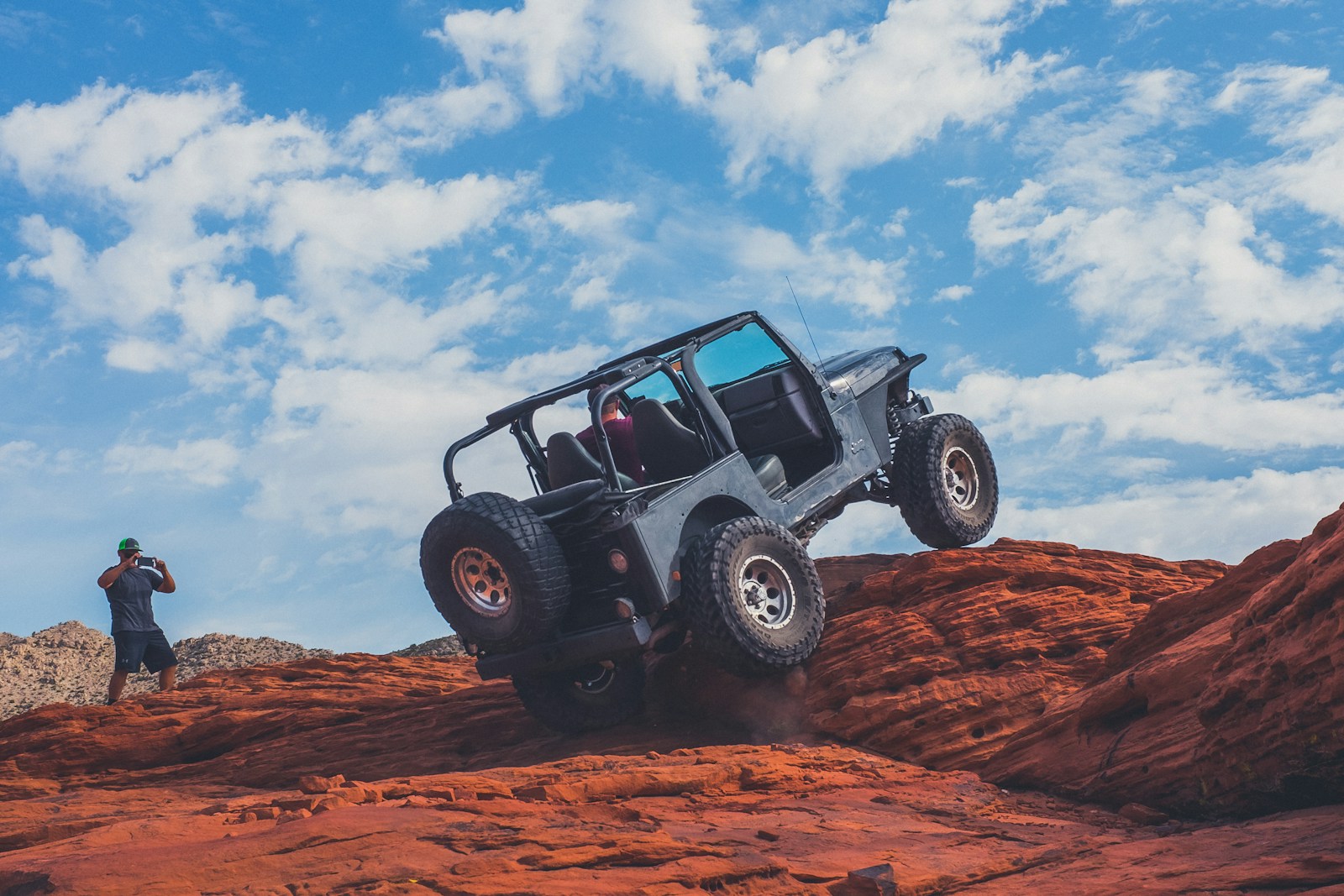
Not Just Off-Roading
Off-roading is motorsport. It’s about conquering trails, tackling obstacles, and putting your driving skills (and rig) to the test. Overlanding, by contrast, is travel-first. Trails and technical terrain are sometimes part of the equation, but they’re not the point.
Not Car Camping
Car camping is fun, accessible, and a great entry point. You pack the cooler, drive to a campground, and spend a night or two under the stars. Overlanding takes things further — into remote, less-developed places where you can’t just pull into a KOA and plug in.
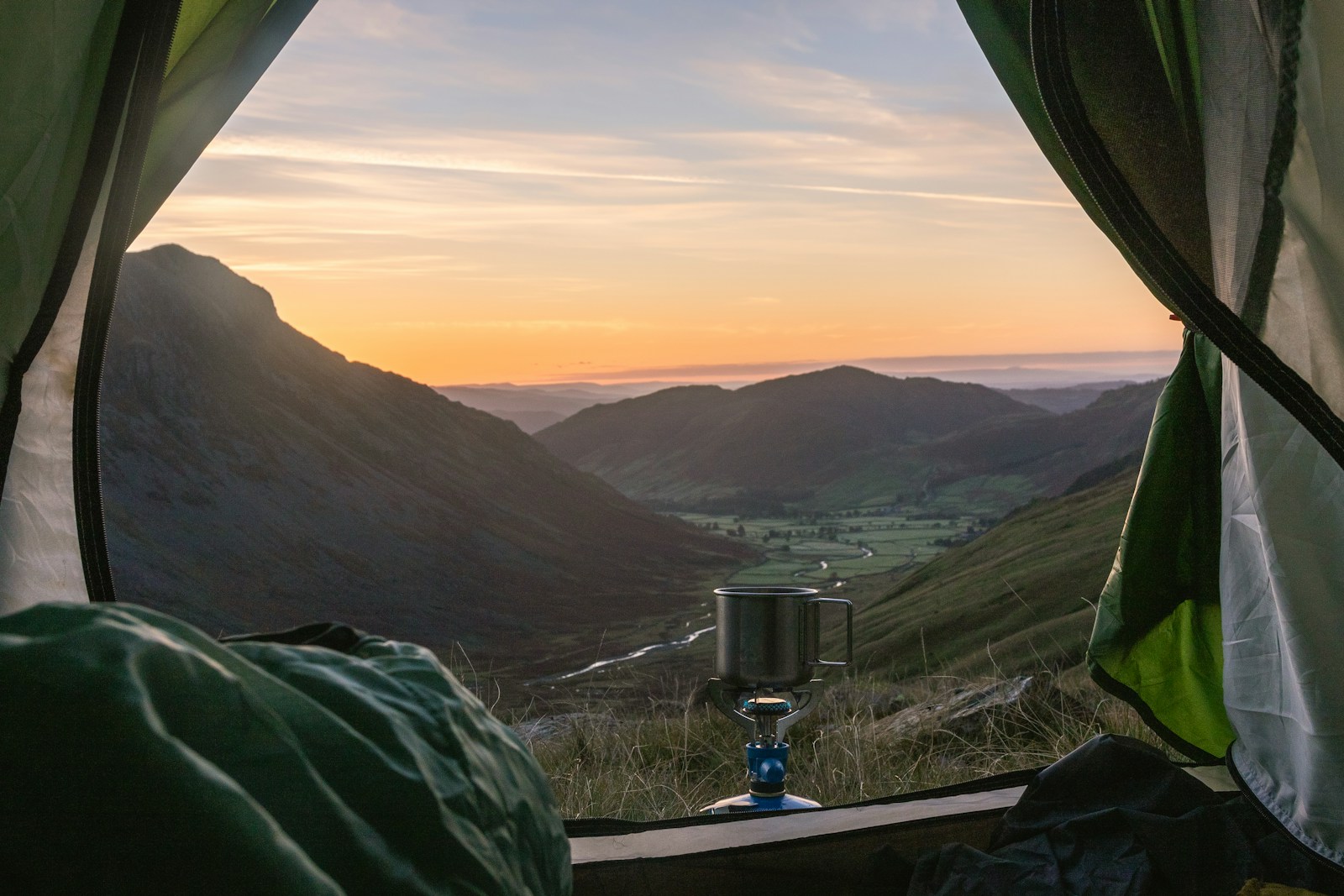
Not Just 4WD Touring
Touring local backroads and camping in primitive sites is an excellent way to build skills like recovery and navigation. This author would suggest that this is overlanding-lite. But true overlanding is more than looping trails in your home state. It’s about stretching into longer journeys that cross borders and environments, where self-reliance and endurance matter most.
Not Rock Crawling or Extreme Sports
Rock crawling is about adrenaline and obstacles — short bursts of intensity that push rigs and drivers to their limits. Overlanding avoids unnecessary punishment. It’s more about sustainability: keeping your vehicle moving over days, weeks, or months of travel.
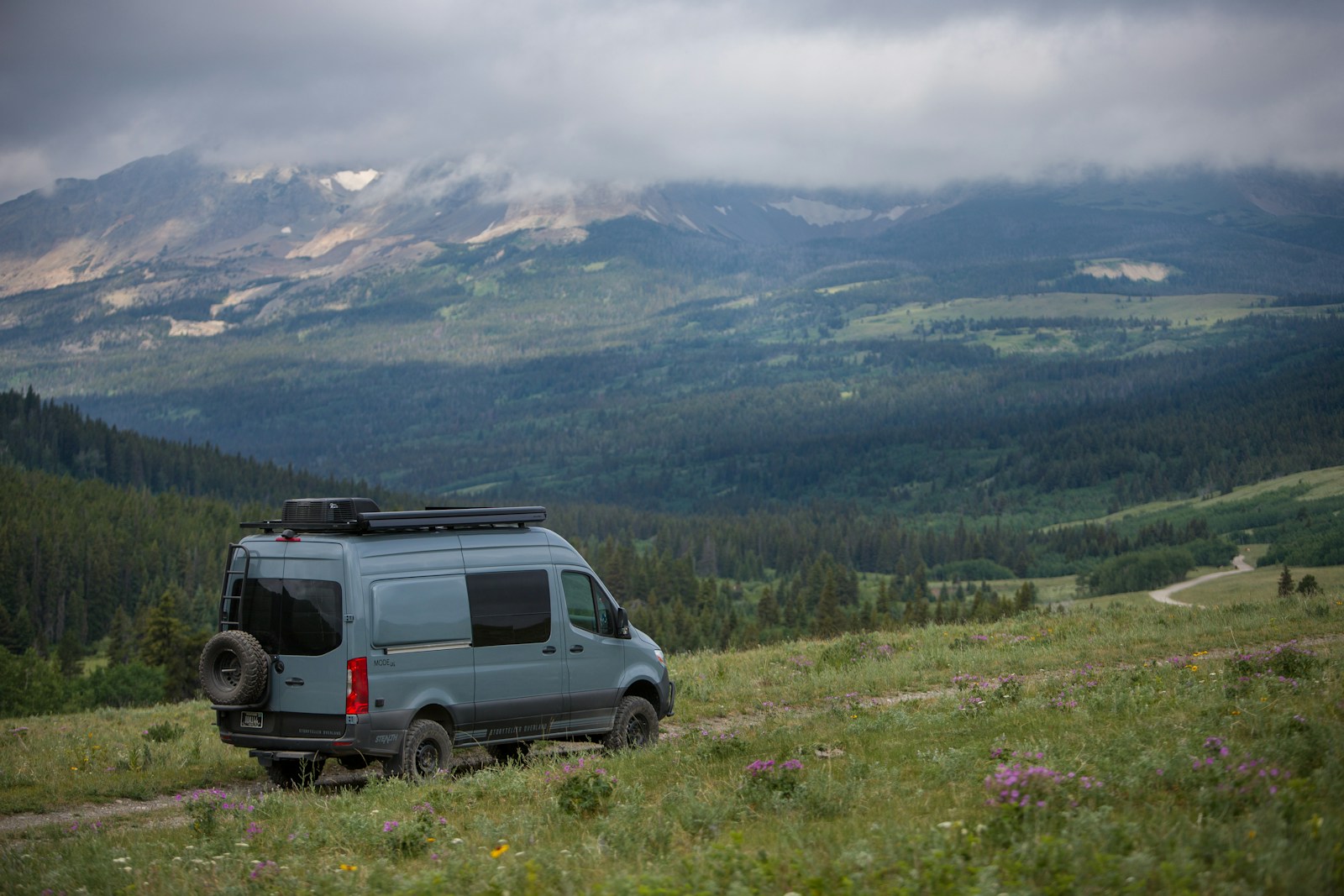
Not Vanlife or RVing
Sure, you can overland in a van or RV. But vanlife is a lifestyle choice — downsizing into a rolling apartment. RVing is comfort-first travel, usually infrastructure dependent. Overlanding is different: it prioritizes remoteness, self-reliance, and adaptability, often beyond where RV hookups and flat pads exist.
Not Just a Road Trip
The American road trip is iconic — think Route 66 or Jack Kerouac. But road trips are usually destination-focused, paved, and relatively predictable. Overlanding flips that around. The journey itself becomes the goal, and the best stories often come from the unplanned detours.
What Overlanding IS
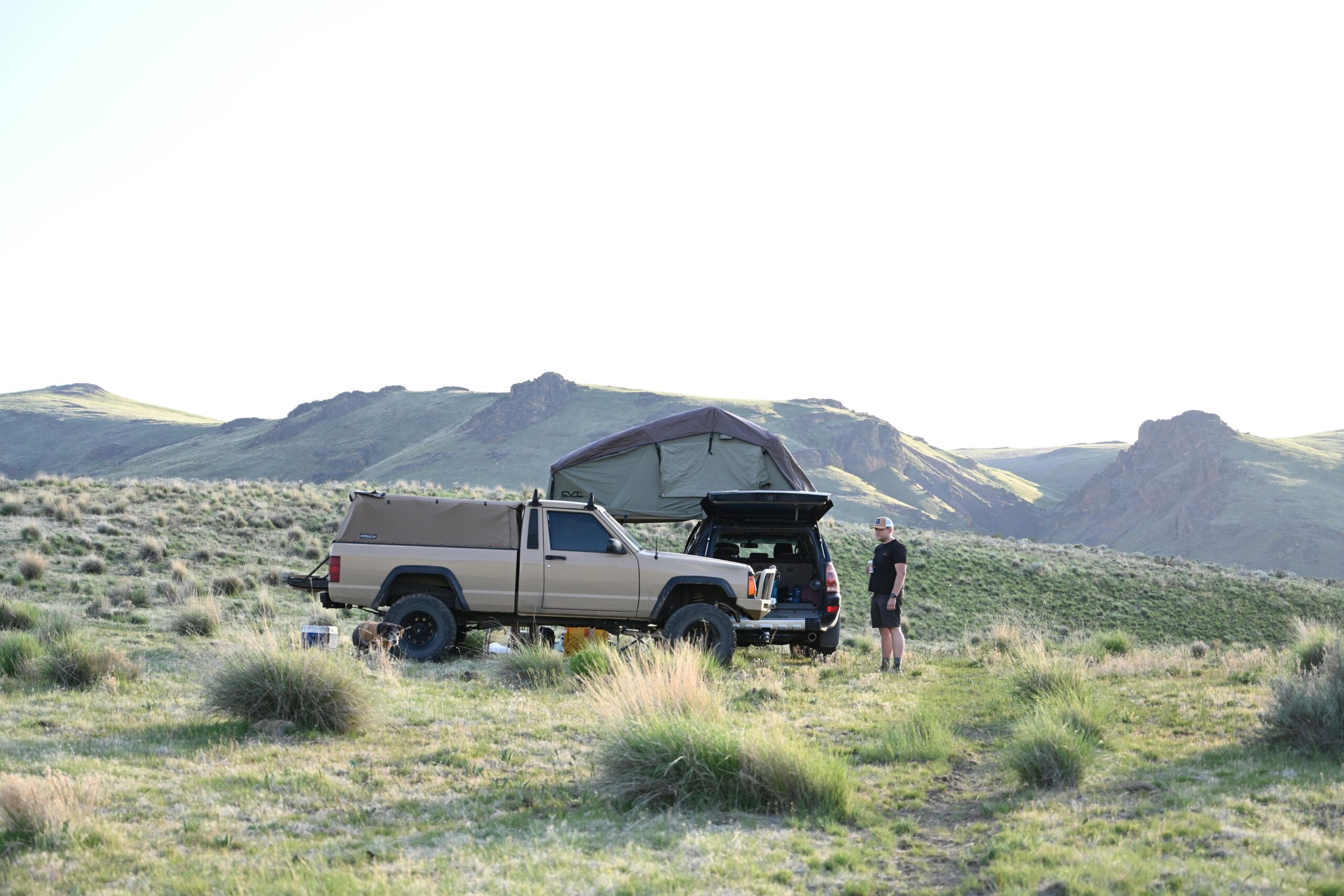
Self-Reliant Adventure Travel
At its core, overlanding is about being able to carry what you need and handle challenges along the way. It’s equal parts logistics, preparation, and mindset.
The Journey is the Destination
Unlike most forms of travel, the point isn’t just to arrive somewhere. Overlanding is about the miles between, the campfires along the way, and the unknown turns that shape the experience.
Extended, Interstate Exploration
Overlanding means traveling beyond your backyard — often across state lines, linking regions together, and finding the remote routes that connect them. It’s adventure at scale, even if it’s only a week or two at a time.
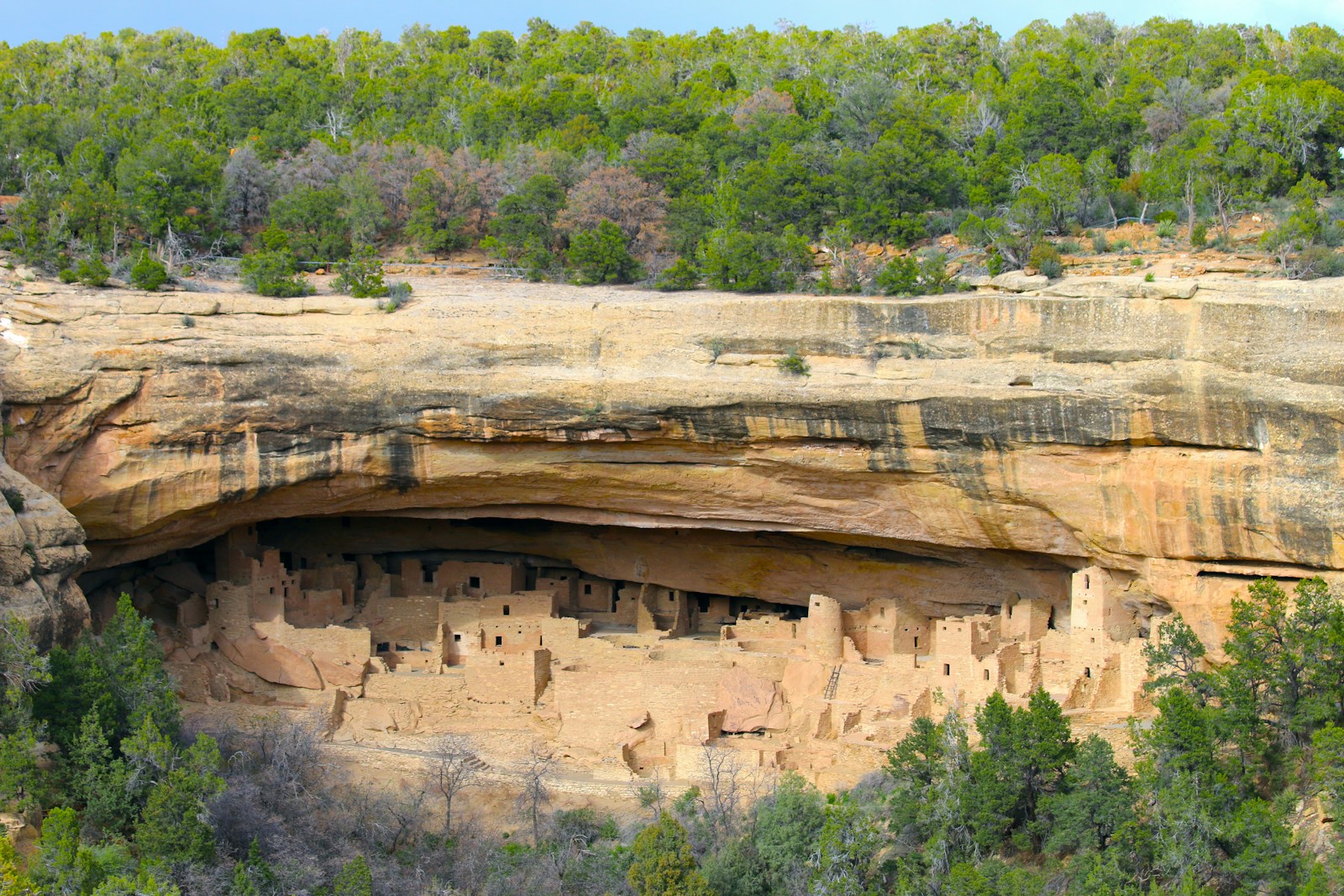
Cultural Immersion
You don’t have to cross oceans to find new cultures. Regional food, history, music, and traditions across the U.S. are worth experiencing. Overlanding puts you in direct contact with them.
Vehicle-Dependent
Your rig isn’t just transportation. It’s your lifeline — carrying your gear, serving as shelter, and enabling you to go further into the unknown. Capability, reliability, and practicality matter far more than flash.
A Mindset
More than anything, overlanding is an attitude. It’s curiosity, resilience, and humility. It’s preparing well, then being willing to adapt when things don’t go according to plan. It’s a commitment to tread lightly, respect the places you pass through, and embrace simplicity over excess.
The Spirit of Overlanding
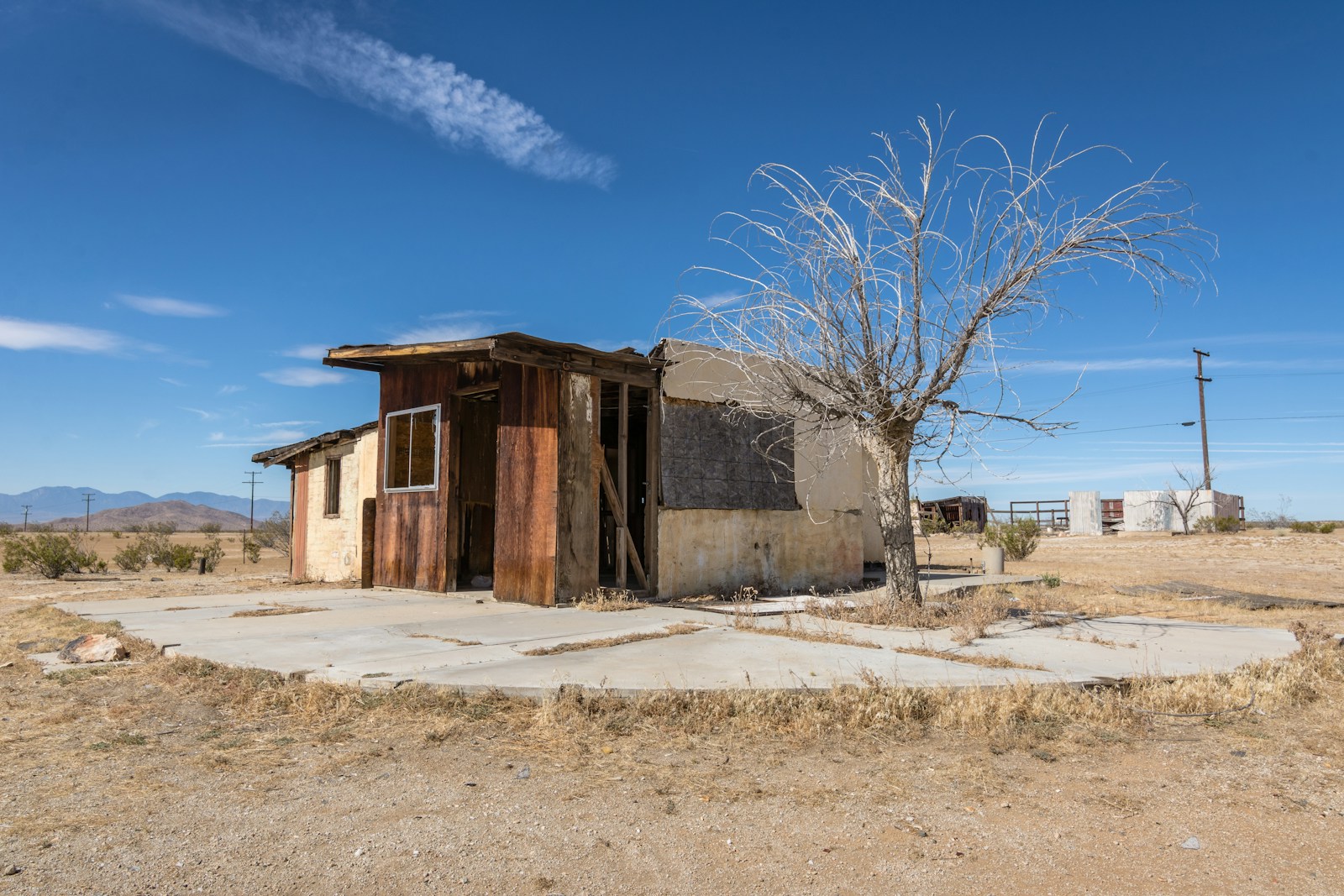
Overlanding has roots in the Australian outback, the Camel Trophy, and epic routes like the Pan-American Highway. Those were multi-country, multi-month expeditions.
But here’s the good news: you don’t have to quit your job or sell everything to embrace the same spirit. Weekend warriors can experience overlanding on smaller scales. It might be linking a string of forest roads through Tennessee (overlanding-lite), tracing gravel routes into the Appalachians, or planning a multi-state loop in your Jeep Gladiator.
The scale may change, but the spirit is the same.
bottom line
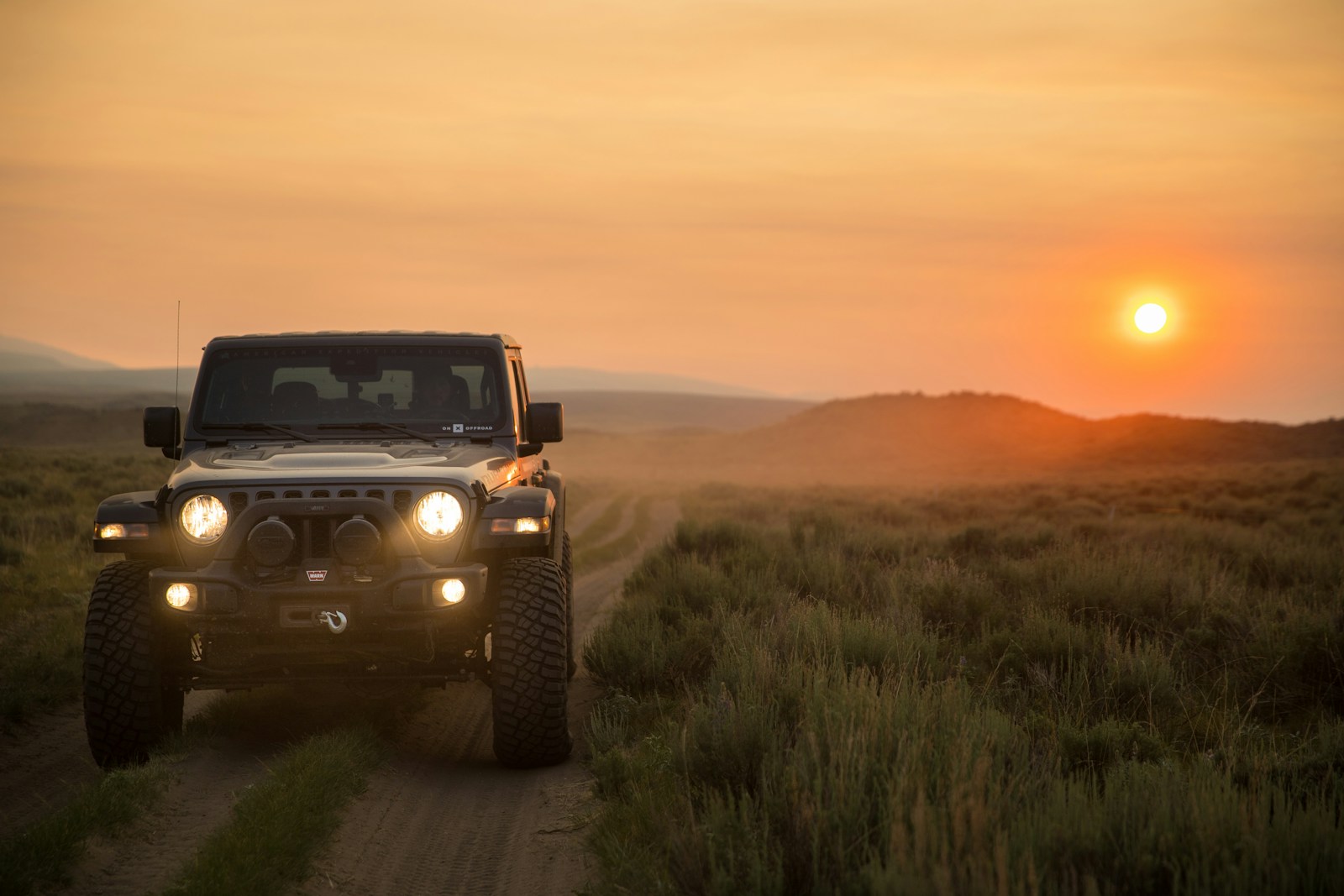
Overlanding isn’t about bolting on a rooftop tent or outspending the guy parked next to you. It’s about how you travel, not just where. It’s about growth, connection, and the road unpaved.
So don’t sweat the labels. Start with what you have. Take the trip. Learn as you go.
Tread lightly and Gladiator up! – Doug
